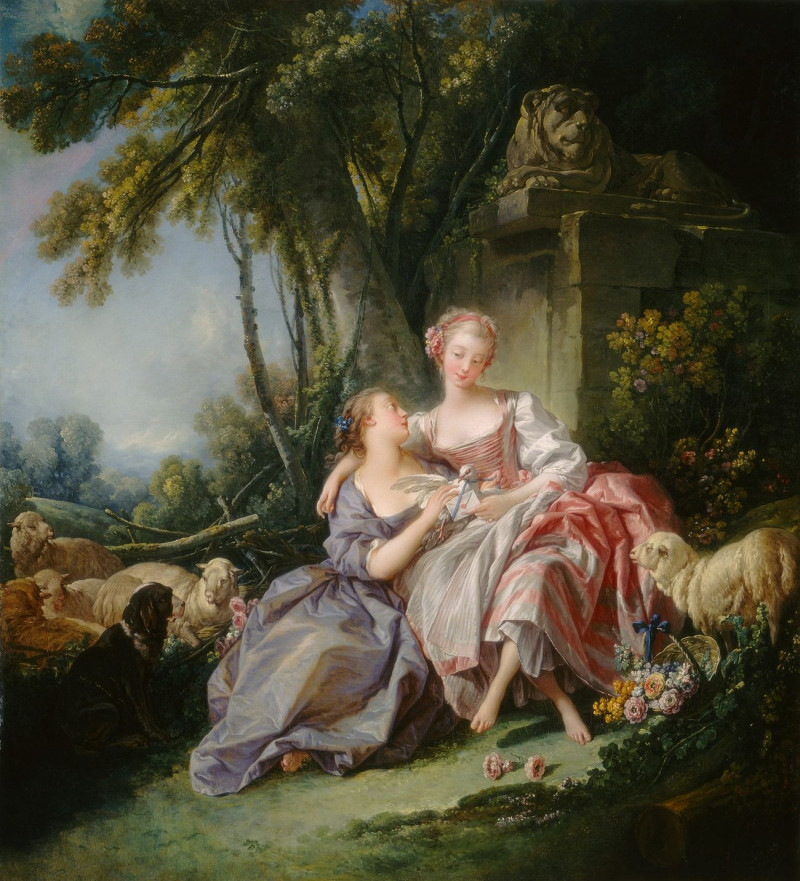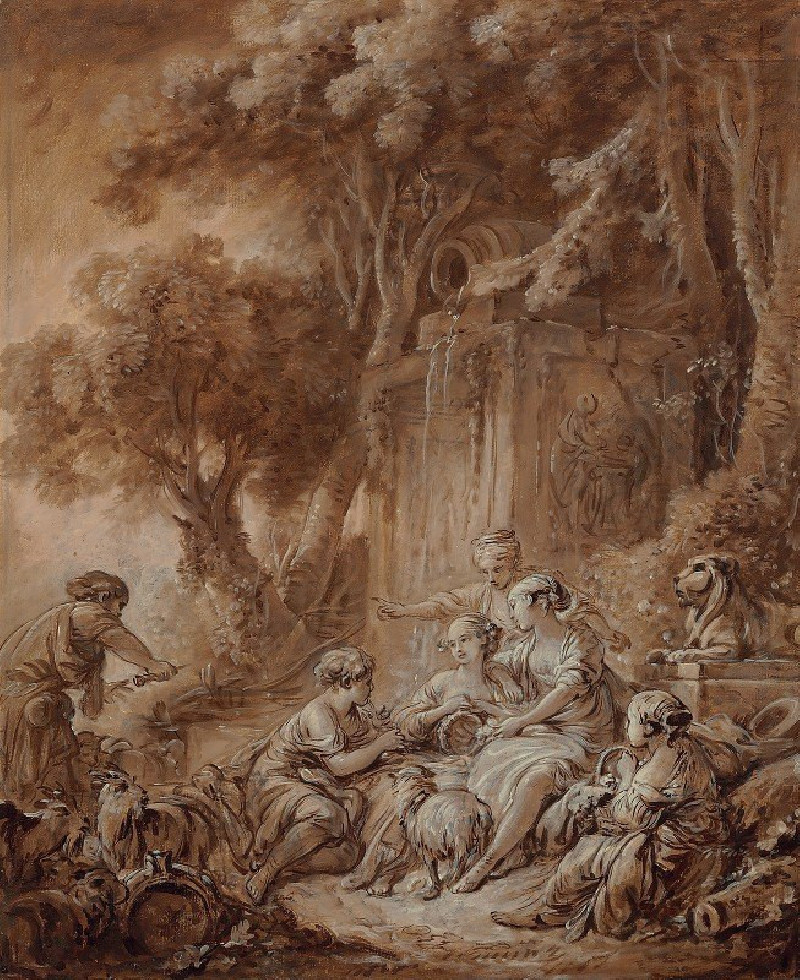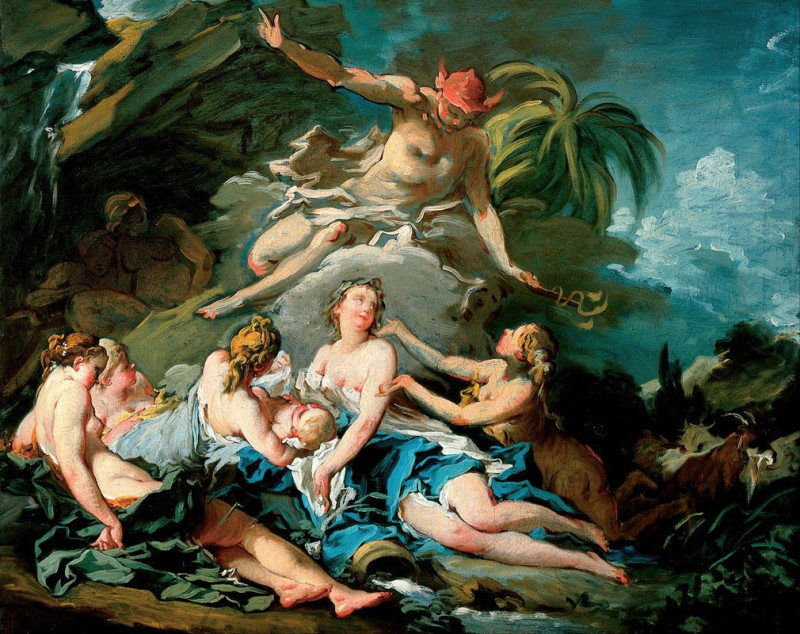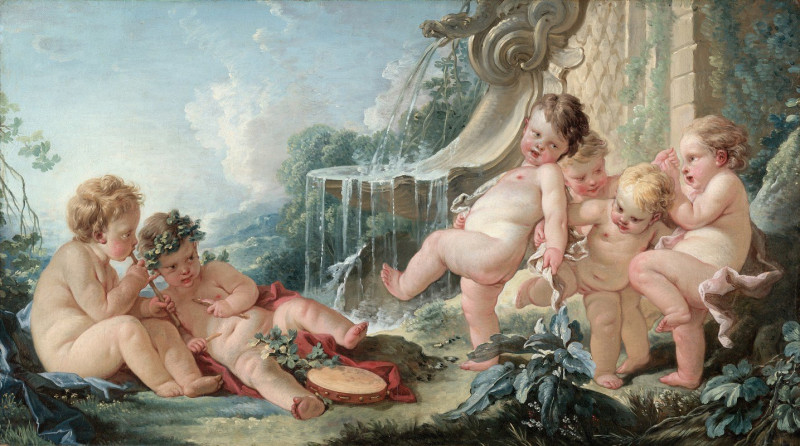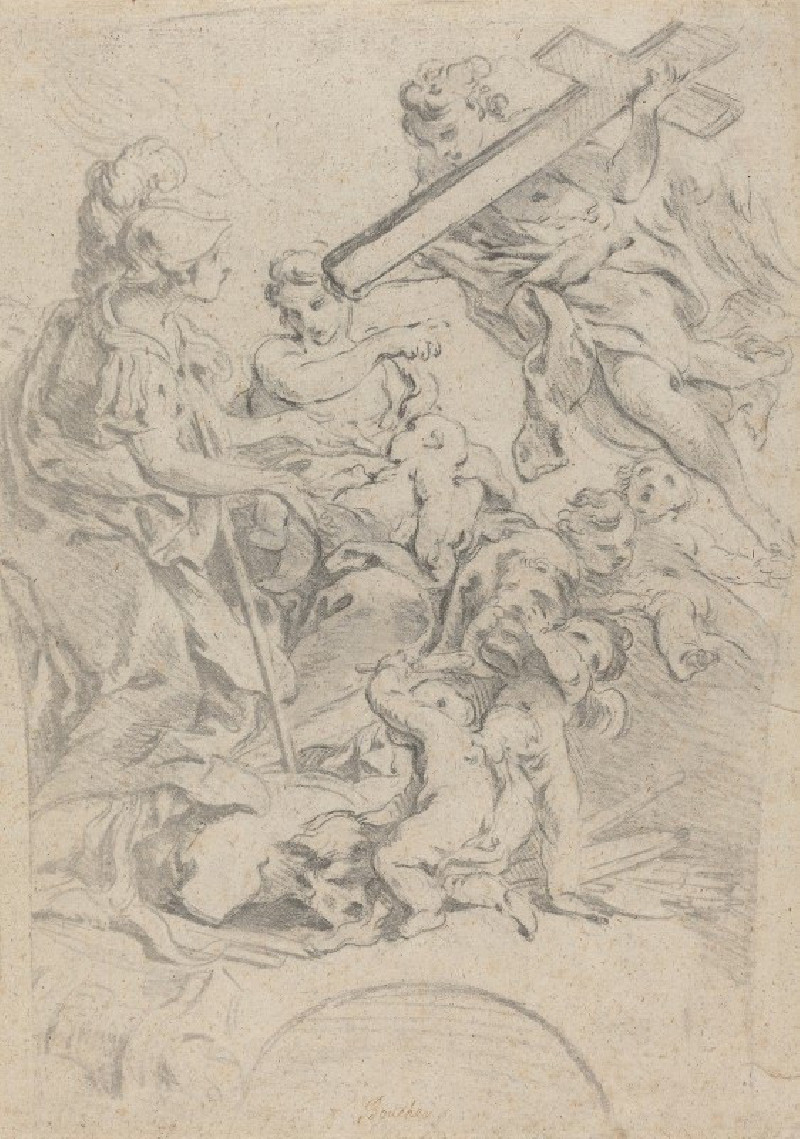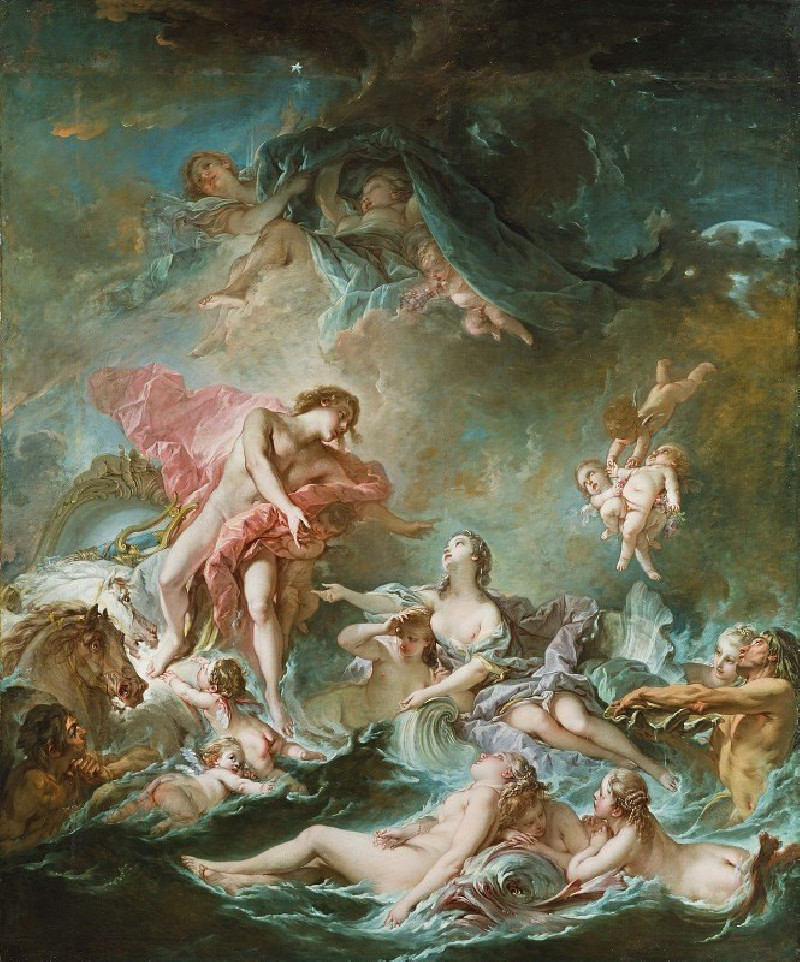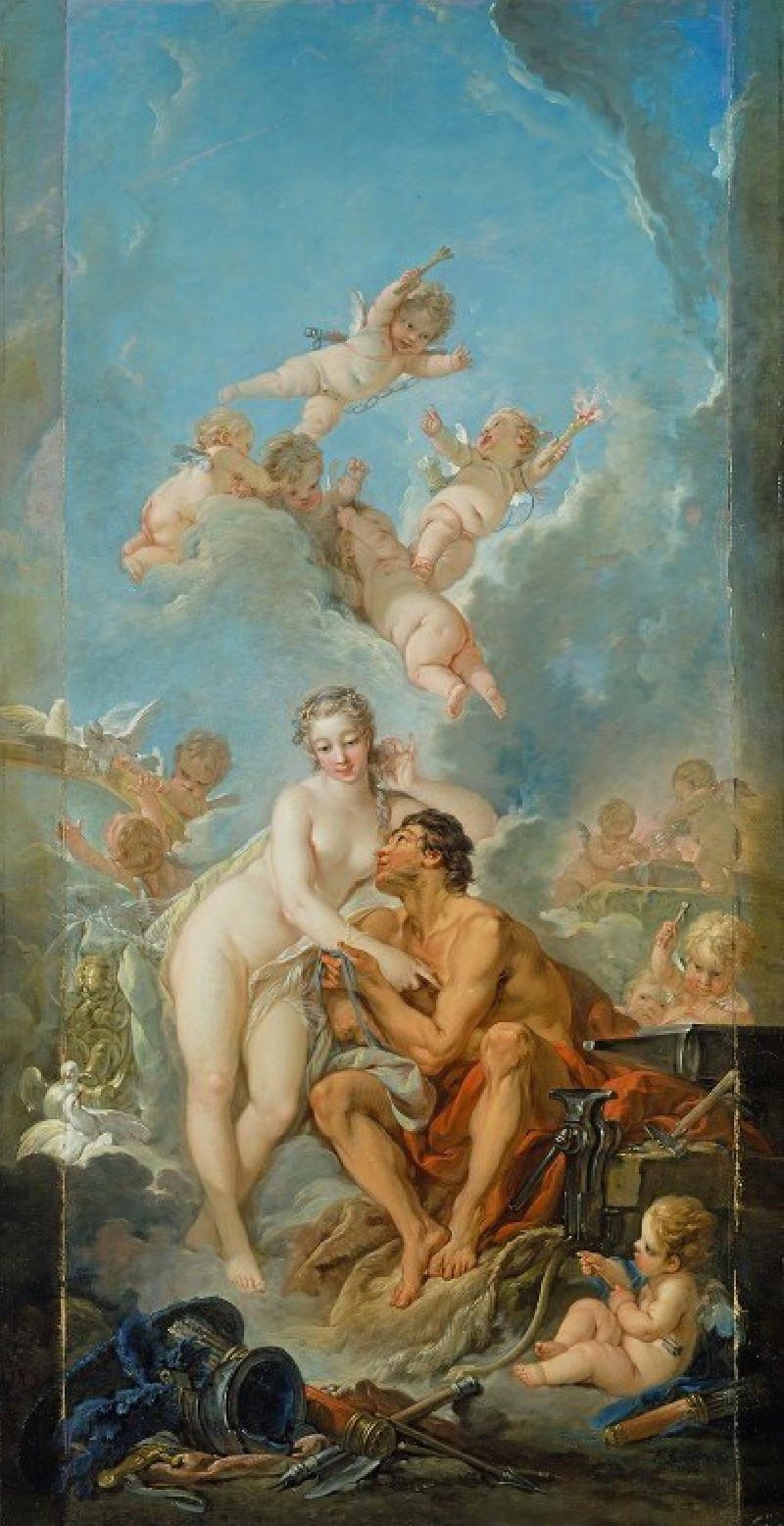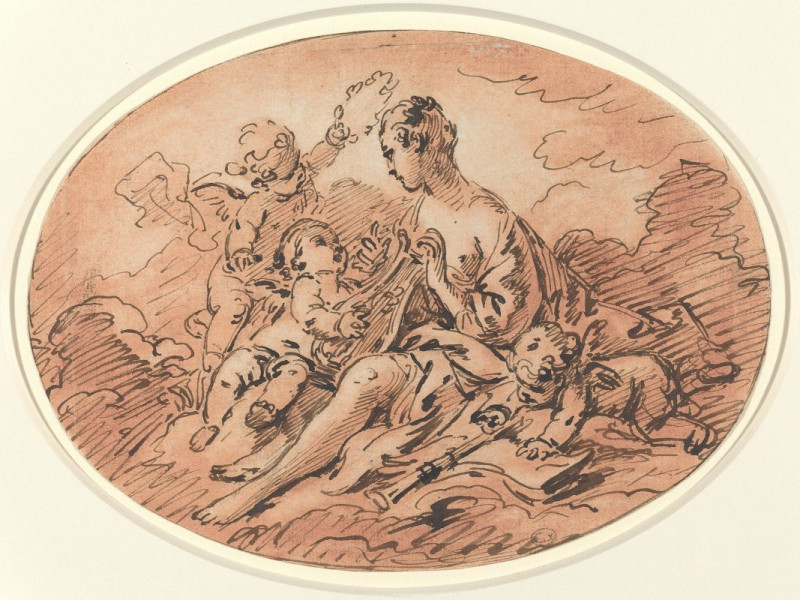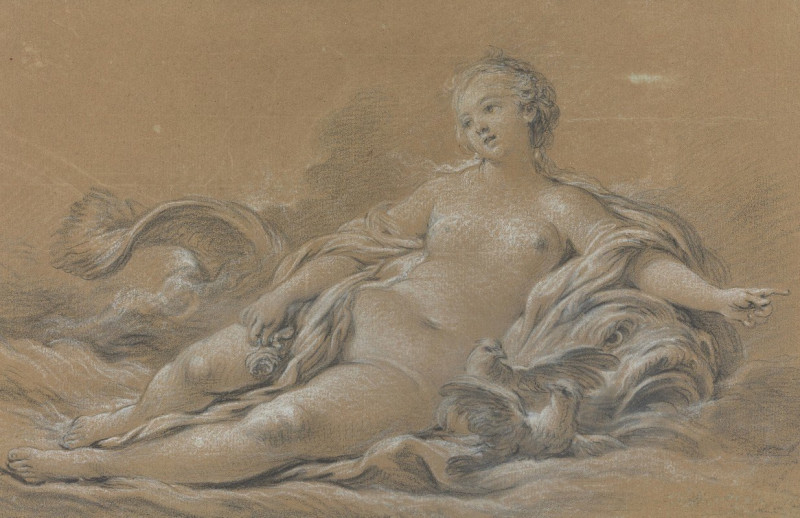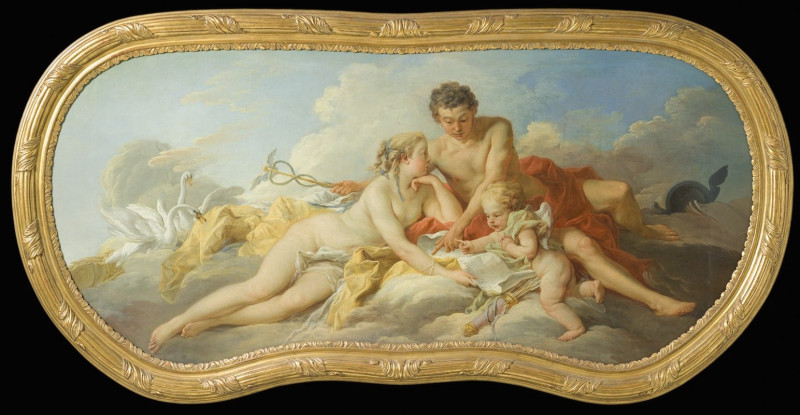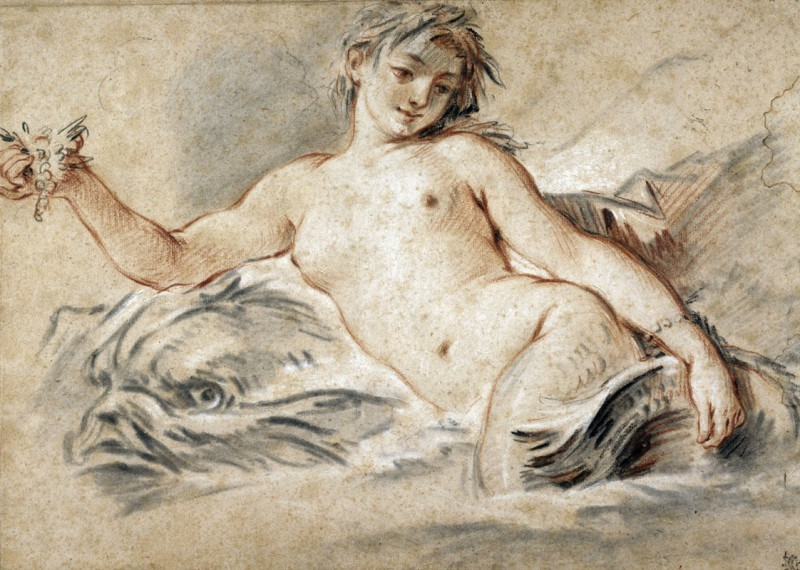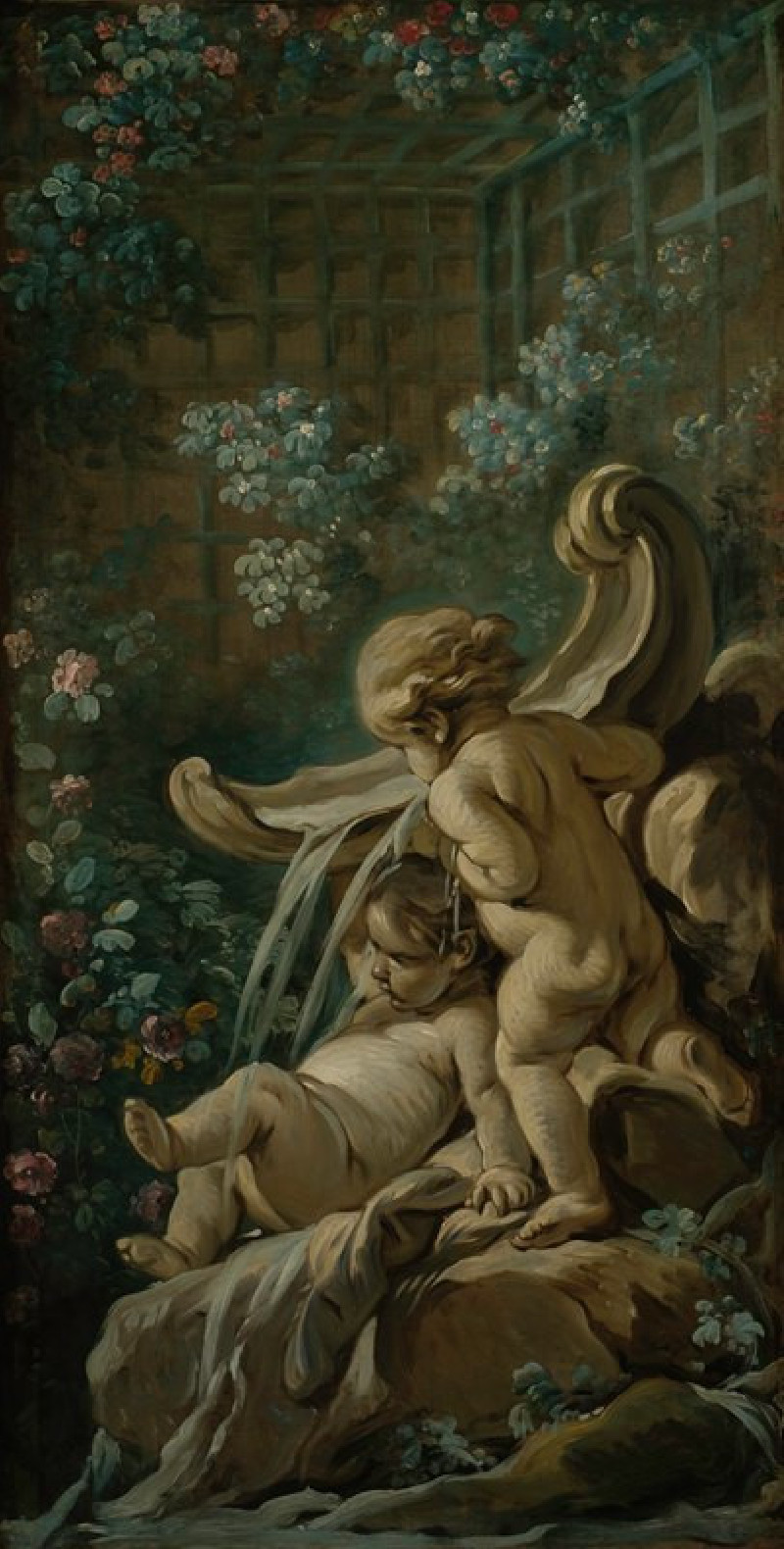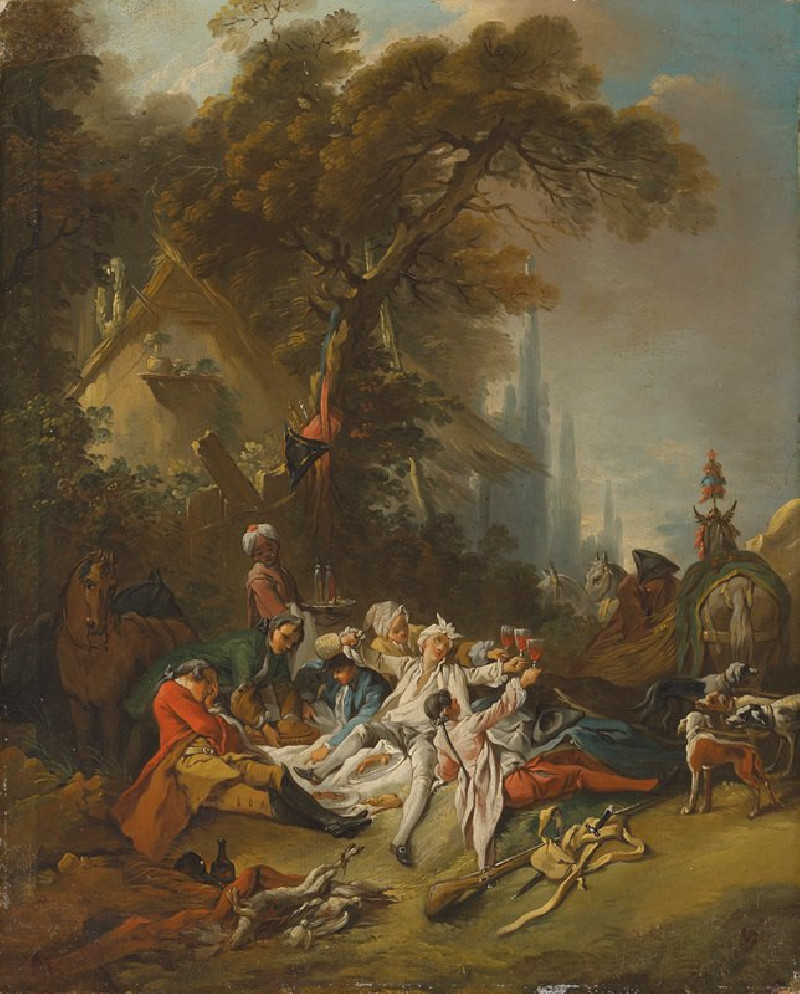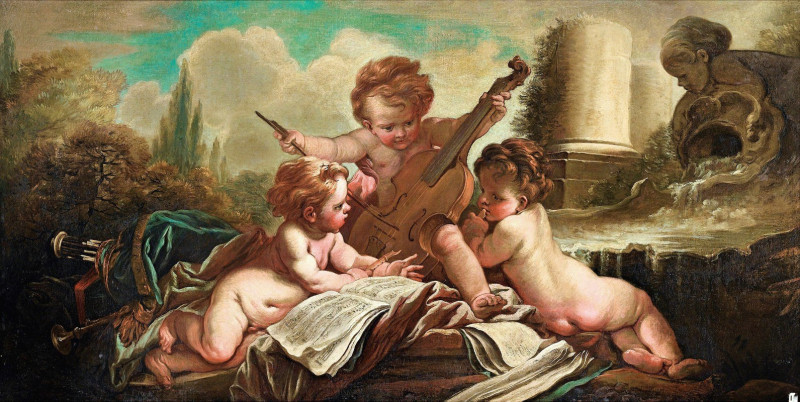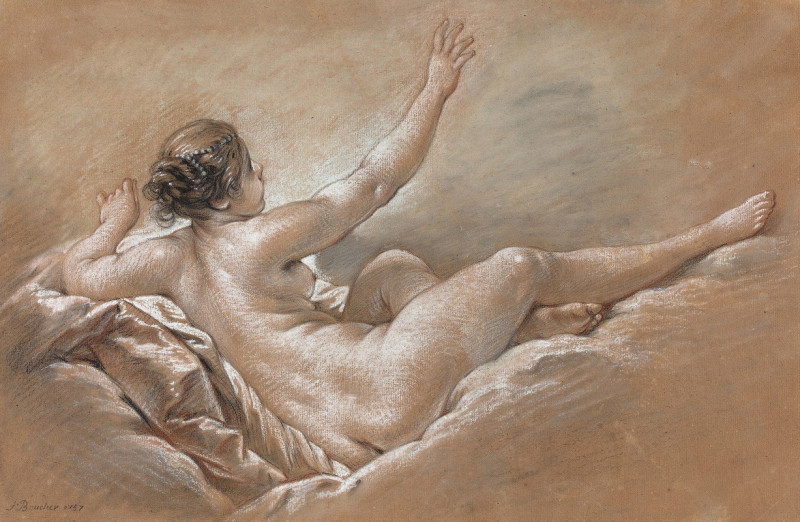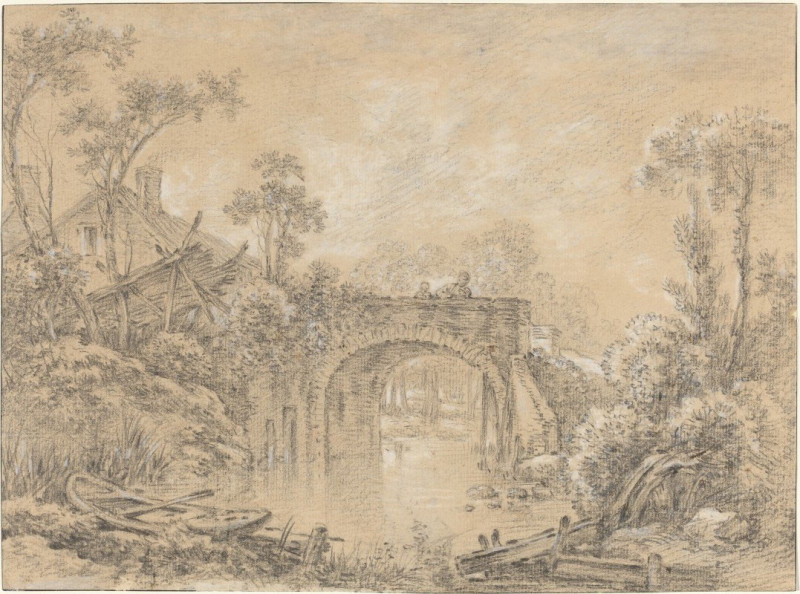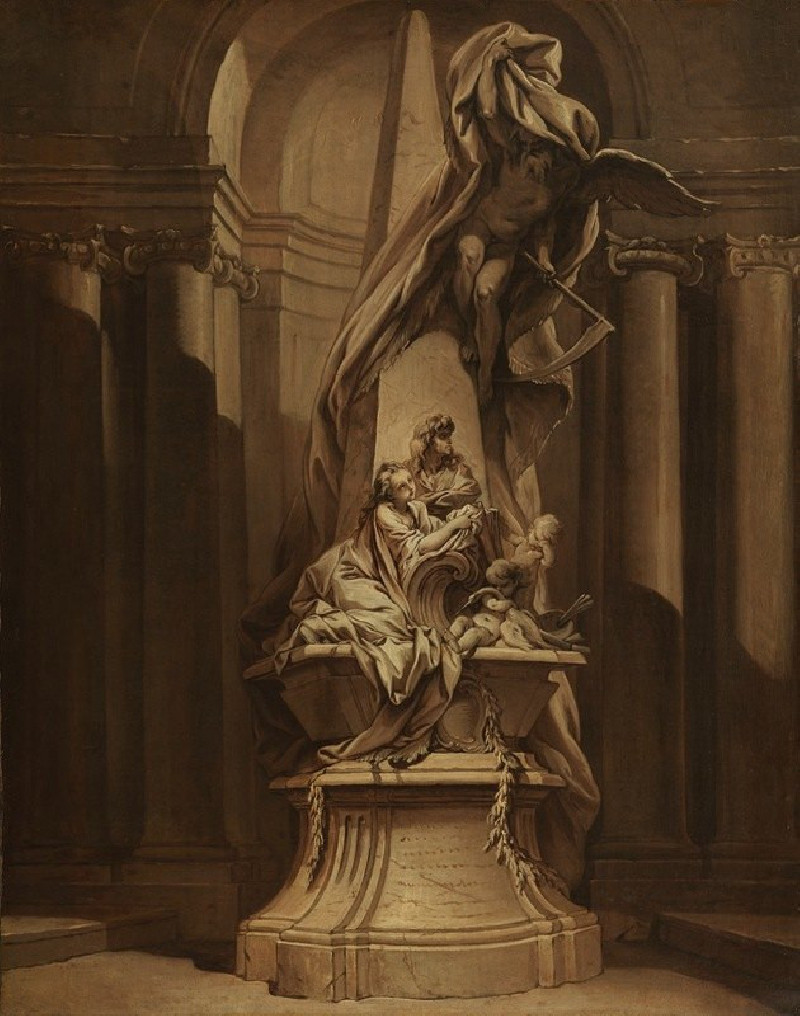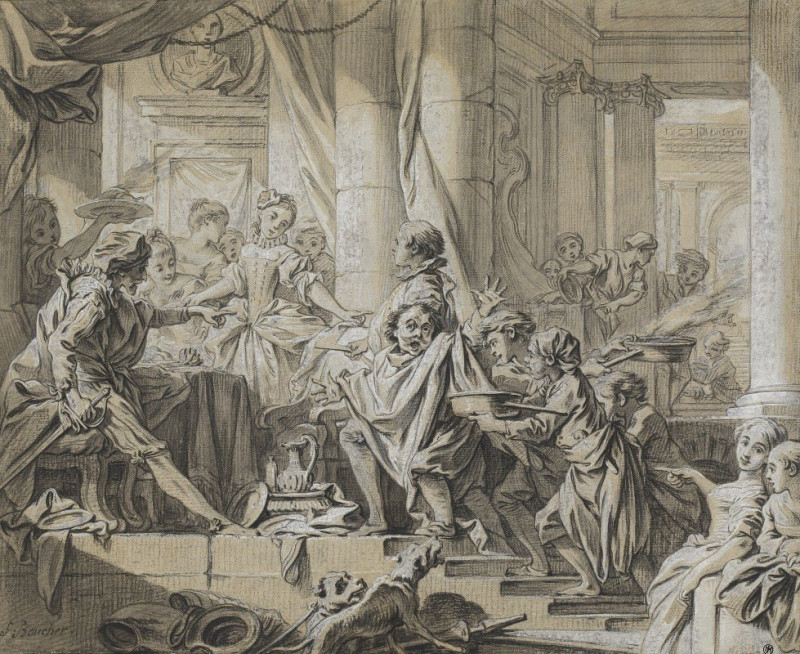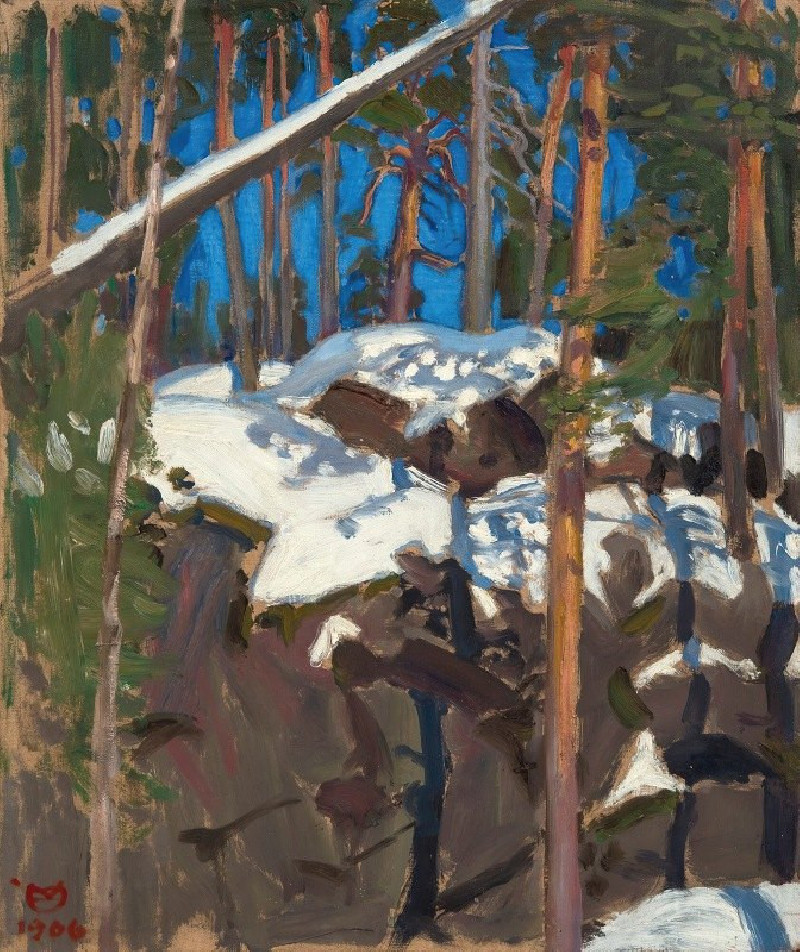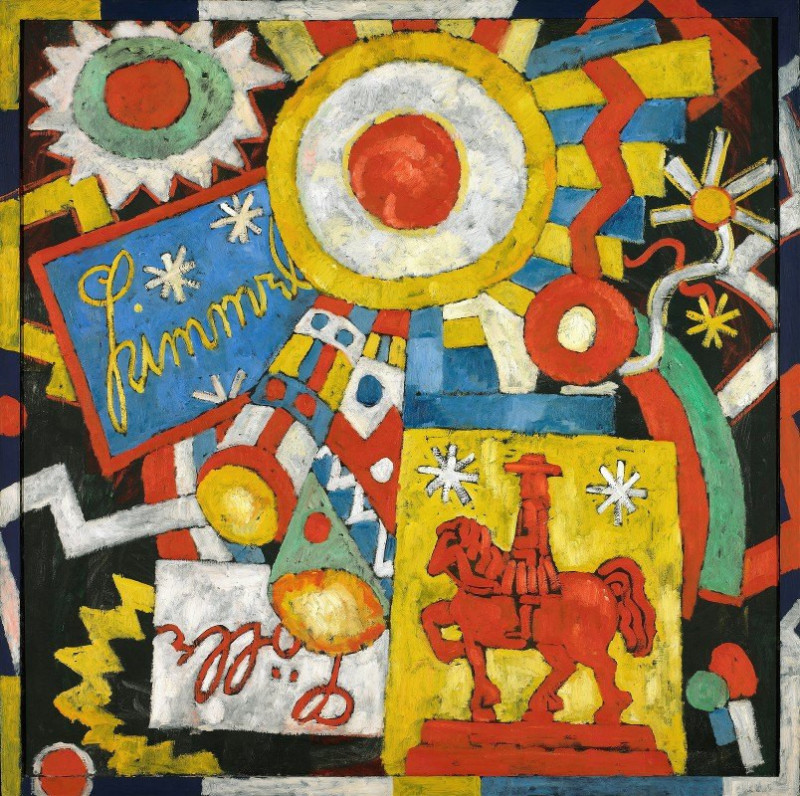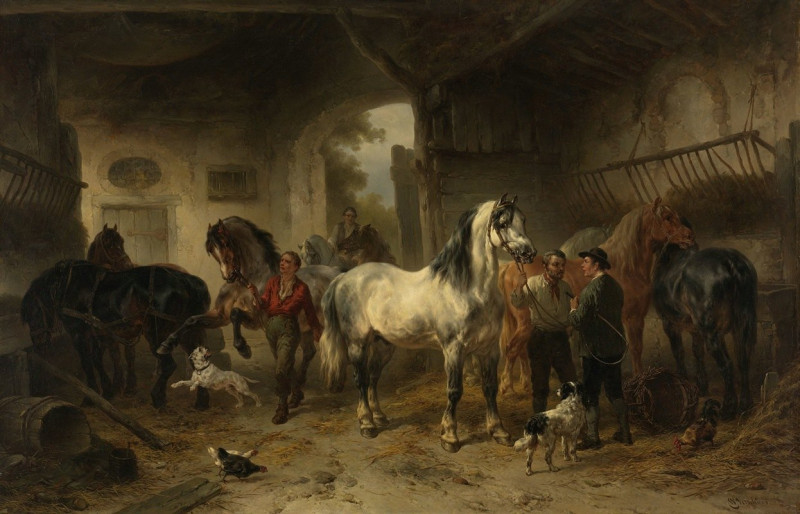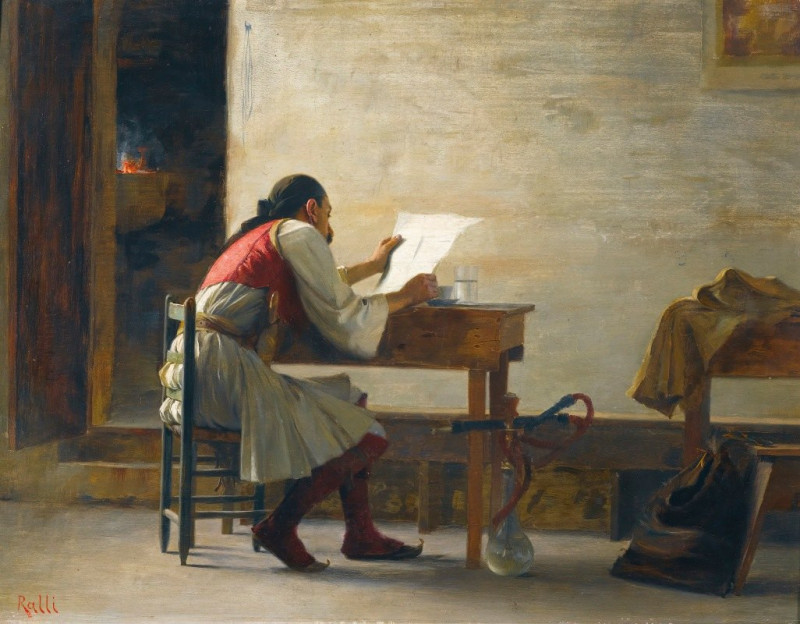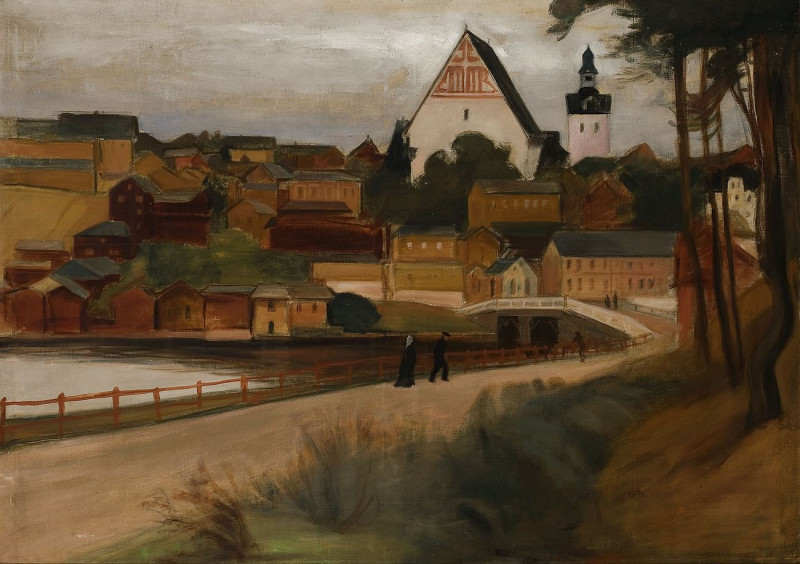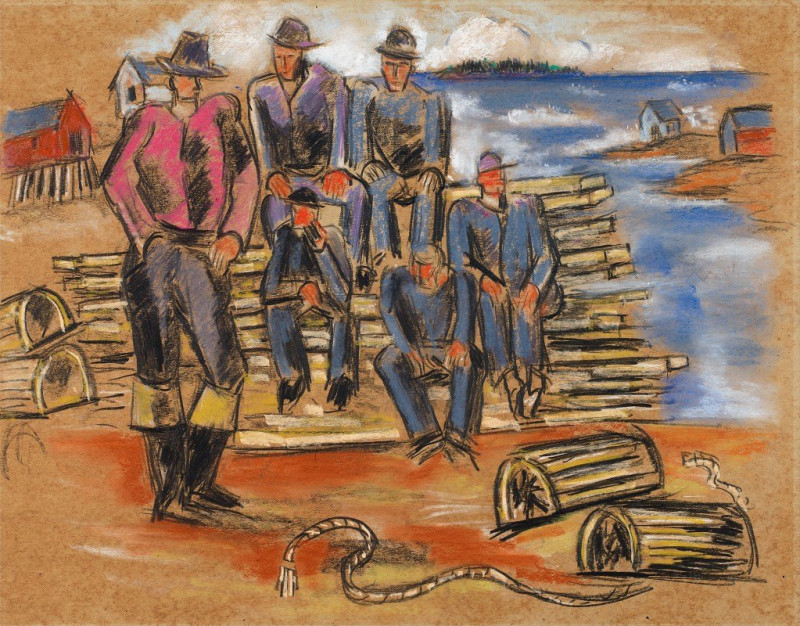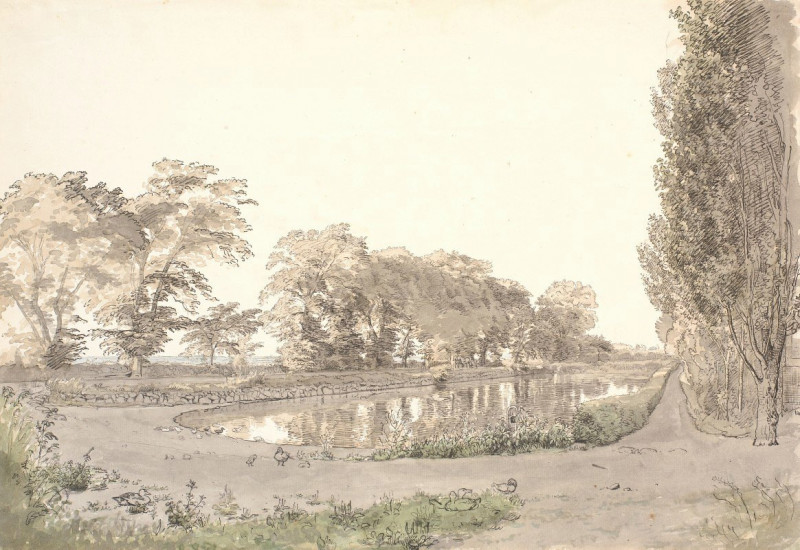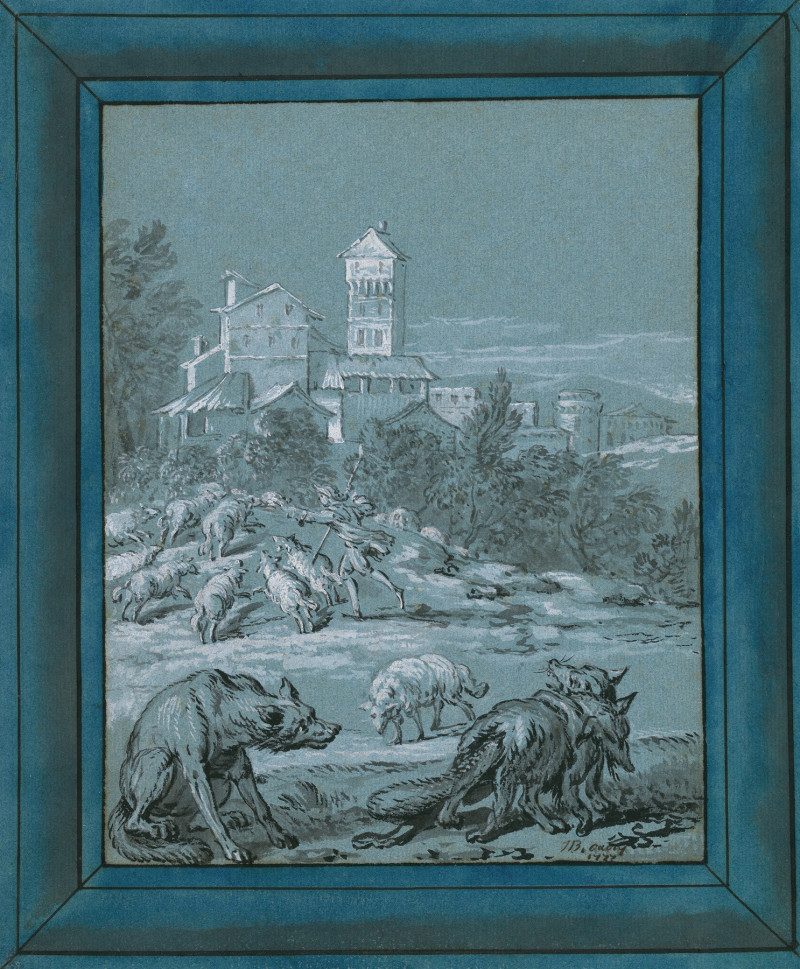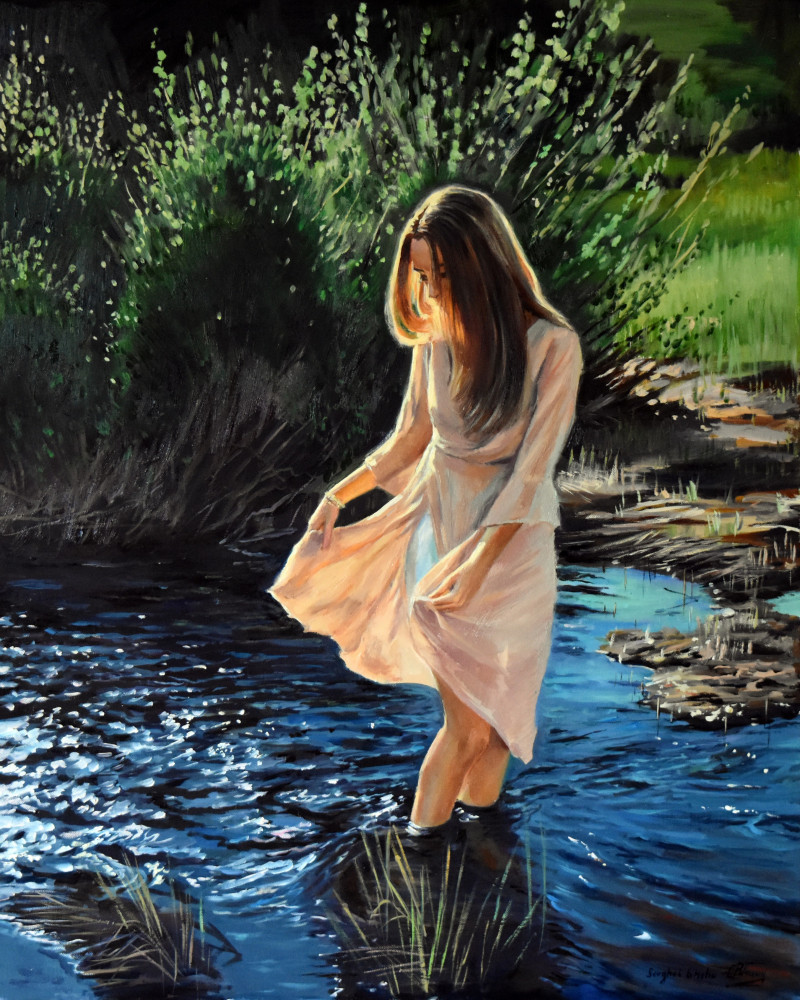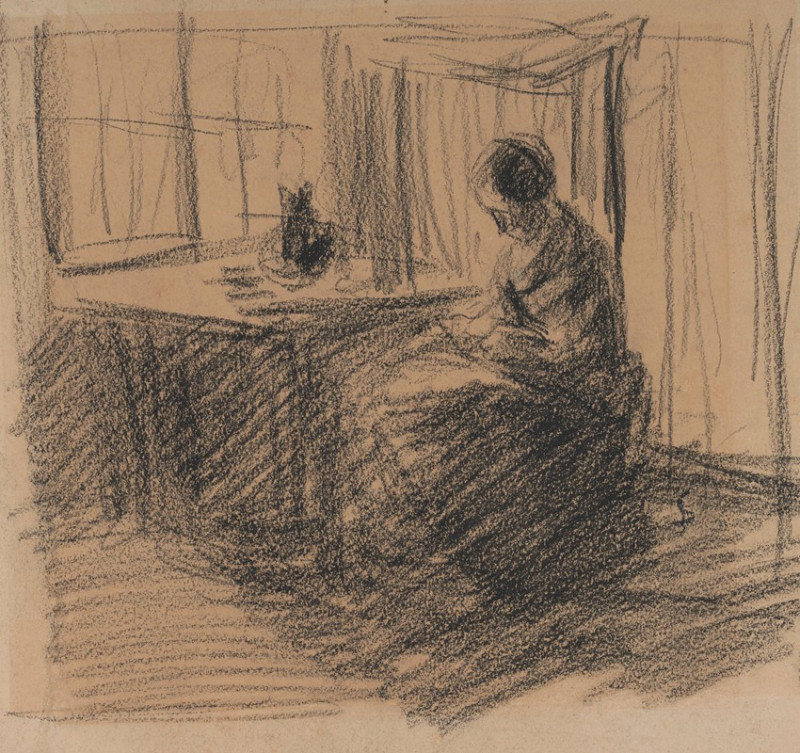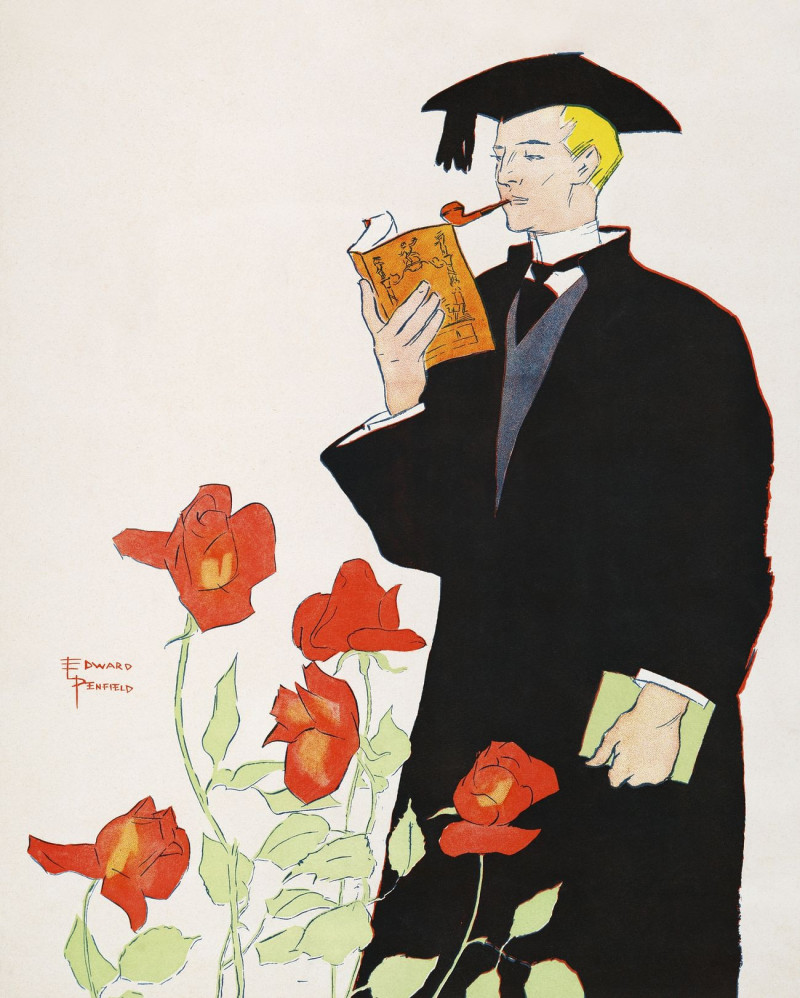The Love Letter
Technique: Giclée quality print
Recommended by our customers
More about this artwork
Francois Boucher's "The Love Letter" is a captivating and idyllic portrayal of romantic and pastoral themes, a hallmark of Rococo art. This painting, rich in detail and softened with delicate light, features two women in a lush, wooded landscape. The scene is infused with a sense of privacy and tranquility.The main figure, a young woman dressed in a flowing blue gown, sits while leaning gently towards her companion, a second woman adorned in pink and white. This companion holds a letter in her hand, giving the artwork its name. The expressions on their faces are tender and intimate, suggesting a close friendship or a confidant relationship. The letter likely carries content of romantic nature, adding a hint of intrigue and emotion to the scene.Surrounding the figures is a beautiful, verdant landscape dotted with flowers and foliage, suggesting the season of spring or summer. A sculpted lion's head on a stone pedestal adds a classical element to the rural setting, bridging natural elements with those of human artistry.At their feet, a group of sheep and a loyal-looking dog add to the bucolic, pastoral vibe of the painting, reinforcing the theme of nature and rural life. The animals seem calm and content, harmonizing with the peaceful atmosphere.Overall, Boucher's work is a celebration of beauty, romance, and the pastoral genre, executed with soft brushstrokes and a light palette that enhance the dreamy quality of the scene.
Delivery
Returns
François Boucher (1703–1770) was a French painter, engraver, illustrator and printmaker. He was a proponent of Rococo and had a huge influence in spreading the style throughout Europe. His art was idyllic and voluptuous with a high-toned palette of blues and pinks. He created designs for all decorative arts, porcelains and tapestries. Boucher also painted several portraits including his patroness Madame de Pompadour. He is one of the most celebrated decorative artists of the 18th century.

